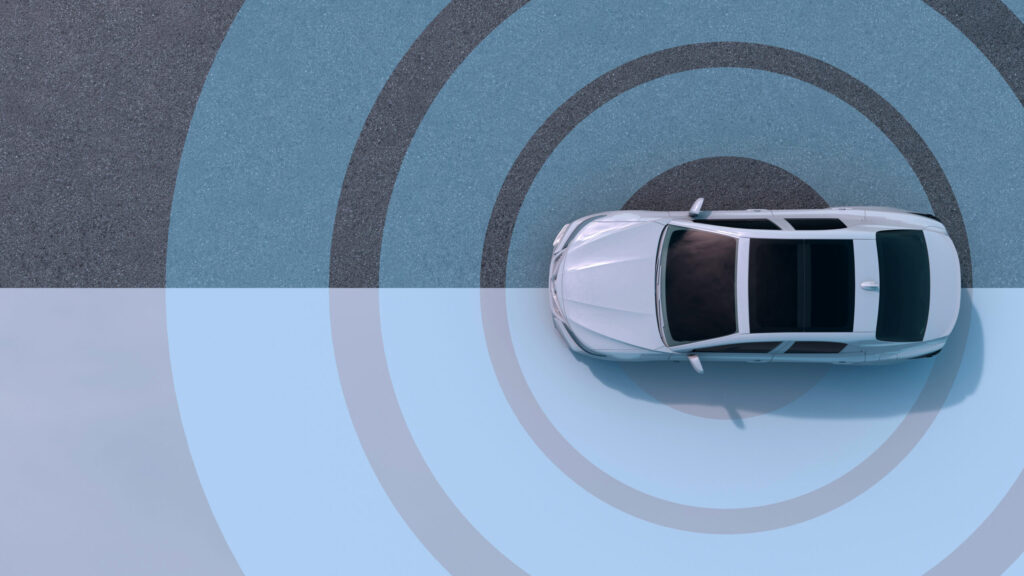For crashes where none of those conditions are satisfied, NHTSA has to be notified within 15 days if other conditions are met, including a property damage threshold, as well as if another vehicle was involved.
NHTSA is also opening up exemptions for some federal motor vehicle safety standards for US-based manufacturers. “This exemption promotes innovative designs, such as prototype vehicles, through an iterative review process that considers the overall safety of the vehicle along with the purposes for which the exemption is requested,” NHTSA wrote in a letter to the industry. So robotaxis without side-view mirrors or a steering wheel should now be easier to deploy on US streets.
The news was welcomed by the automotive industry. “This technology works. It will help improve safety on the roads and increase mobility,” said Alliance for Automotive Innovation President and CEO John Bozzella. “But the ability of AV developers, investors, automakers and consumers to reach their full potential has been hamstrung by government inaction. It’s time to move to the next phase of autonomous driving in America, and that requires—urgently requires—a regulatory framework and a pathway to finally and fully deploy AVs in the country.”
Hopefully there are still enough experts left at NHTSA to handle the paperwork. Earlier this month, dozens of people directly responsible for regulating autonomous vehicle safety were dismissed at the order of Elon Musk, who counts being CEO of Tesla—which is subject to numerous NHTSA safety investigations, many involving partially automated driving—among his many day jobs.


